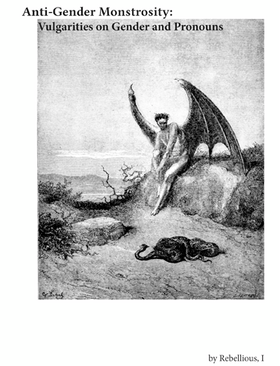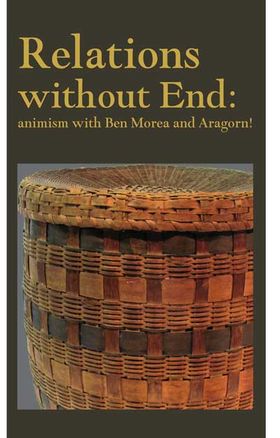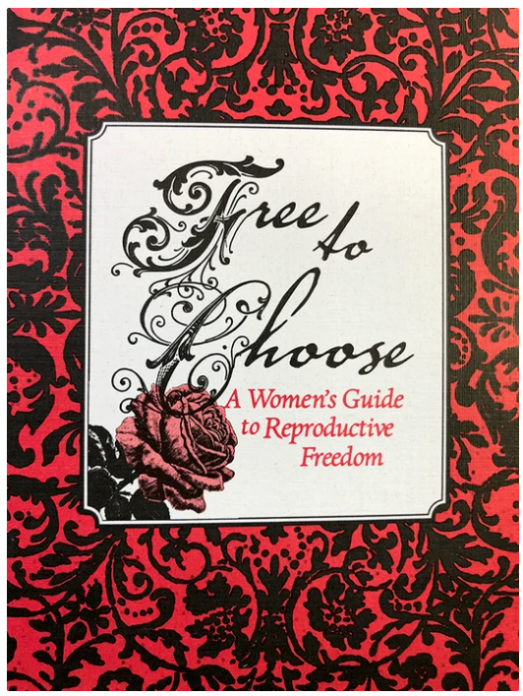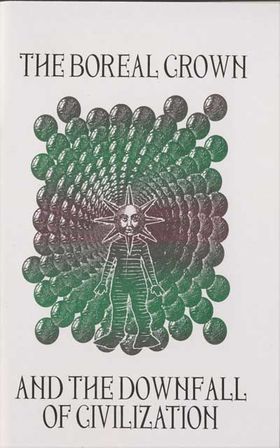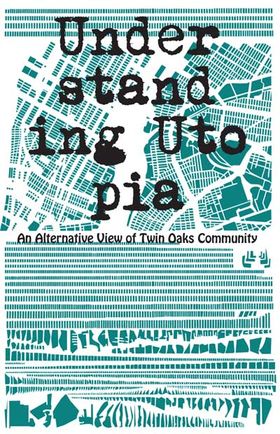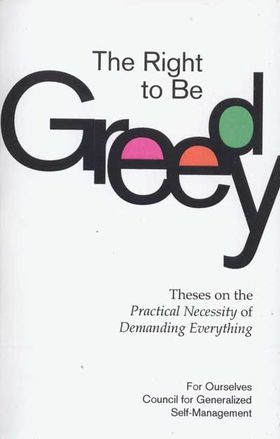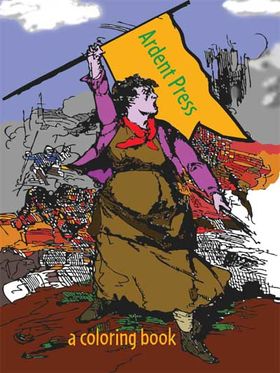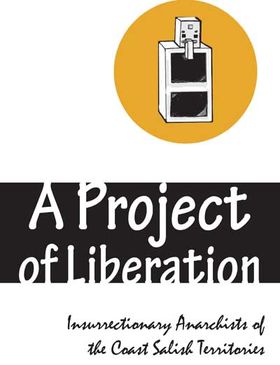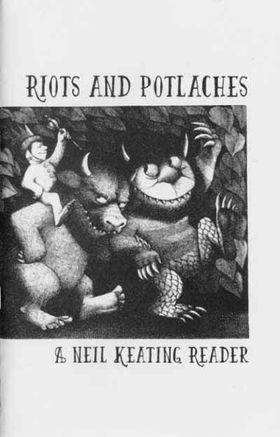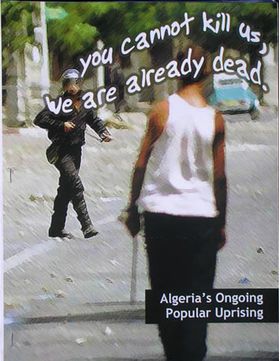Poll Tax Riot
£1.00
Super popular tales and photos from Trafalgar square of that glorious afternoon!
Out of stock
Description
The UK Poll Tax Riots were a series of mass disturbances, or riots, in British cities during protests against theCommunity Charge (commonly known as the poll tax), introduced by the Conservative government led by Prime Minister Margaret Thatcher. By far the largest occurred in central London on Saturday March 31, 1990, shortly before the poll tax was due to come into force in England and Wales.
The disorder in London arose from a demonstration which began at 11am. The rioting and looting ended at 3am the next morning. This riot is sometimes called the Battle of Trafalgar, particularly by opponents of poll tax, because much of the rioting took place in Trafalgar Square.
On March 31, 1990, people began gathering in Kennington Park from 12pm. Turnout was encouraged by fine weather, and between 180,000 and 250,000 arrived. The police report, a year after the riot, suggested close to 200,000. A contribution to the size may have been a decision by the Labour Party to abandon plans to stage their own rally the same day.
The march set off from Kennington Park at 1:30pm, moving faster than planned because some anarchists[citation needed] had forced open the gates of the park so people were not forced through smaller side-gates. This spilt the march over both sides of the road, and despite police and stewards, stayed that way for much of the route.
By 2:30pm, Trafalgar Square was nearing its capacity.
Unable to continue moving easily into Trafalgar Square, at about 3pm the march stopped in Whitehall. The police, worried about a surge towards the new security gates of Downing Street, blocked the top and bottom of Whitehall. The section of the march which stopped opposite Downing Street contained veteran anarchists and a group called Bikers Against The Poll Tax, all of whom became annoyed by several heavy-handed arrests, including one of a man in a wheelchair.[citation needed]
Meanwhile, the tail-end had been diverted at the Parliament Square end of Whitehall. A large Class War banner and the anarchists it had attracted were at the head of this diverted and unpoliced march. They led it up Embankment for a few hundred yards, then turned up Richmond Terrace, bringing the diverted march into Whitehall, opposite Downing Street.
Mounted riot police were brought up, and from about 3:30pm tried to clear people out of Whitehall, despite both retreat and advance being blocked by further lines of police. Fighting and scuffles broke out and the Whitehall section of the march fought its way into Trafalgar Square.
From 4pm, with the rally nearly officially over, reports become contradictory. It seems the mounted riot police (who had attempted to clear Whitehall) charged out of a side street into the crowd in Trafalgar Square. Whether intentional or not, this was interpreted as provocation, fueling anger in the Square. At 4:30pm, four shielded police riot vans drove into the crowd (a tactic in dealing with mass demonstrations at the time) outside the South African High Commission, attempting to force through to the entrance to Whitehall where police were re-grouping. The crowd attacked the vans with wooden staves and scaffolding poles. The rioting escalated.
By 4:30pm police had closed the main Underground stations in the area and southern exits of Trafalgar Square, making it difficult for people to disperse. Coaches had been parked south of the river, so many tried to move south. At this point, Militant Fed stewards were withdrawn on police orders. Sections of the crowd, apparently unemployed coal miners, climbed scaffolding and rained debris on the police below[citation needed]. Then, at 5pm builders’ cabins below the scaffolding caught fire, followed by a room in the South African High Commission on the other side of the Square. The smoke from the fires caused near darkness in the Square and there followed a 20-minute lull in rioting.
Between 6 and 7pm the police opened the southern exits of the Square and slowly managed people out of Trafalgar Square. A large section was moved back down Northumberland Avenue and allowed over the River Thames to find their way back to their coaches. Two other sections were pushed north into the West End, where looting and vandalism of shops and cars took place. Published accounts mention shop windows being broken, goods looted, and cars being overturned in Piccadilly Circus, Oxford Street, Regent Street, Charing Cross Road, and Covent Garden.[citation needed] Police ordered pubs to close.
The demonstrators became mixed with the public. By midnight, nearly 5,000, mostly members of the public but also police officers, were injured, and 339 had been arrested.[1] Scuffles between rioters and police continued until 3am. Rioters attacked The Body Shop, McDonalds, Barclays Bank, Tie Rack, Armani, Ratners, National Westminster Bank, and Liberty. Stringfellow’s nightclub, car showrooms, Covent Garden cafés and wine bars were set on fire. Porsches and Jaguars were set on fire. Other potential targets were untouched: pubs, small shops, older cars and the offices of the Irish airline Aer Lingus.[citation needed]
UK Government documents released in 2006 under freedom of information legislation, reveal the police believed they had lost control and the degree to which they were prepared to act. Documented police radio communications and surveillance reports indicate that the police called for armed response teams, despite no reports of firearms among protesters.[1]
Additional information
| Weight | 0.090000 kg |
|---|


